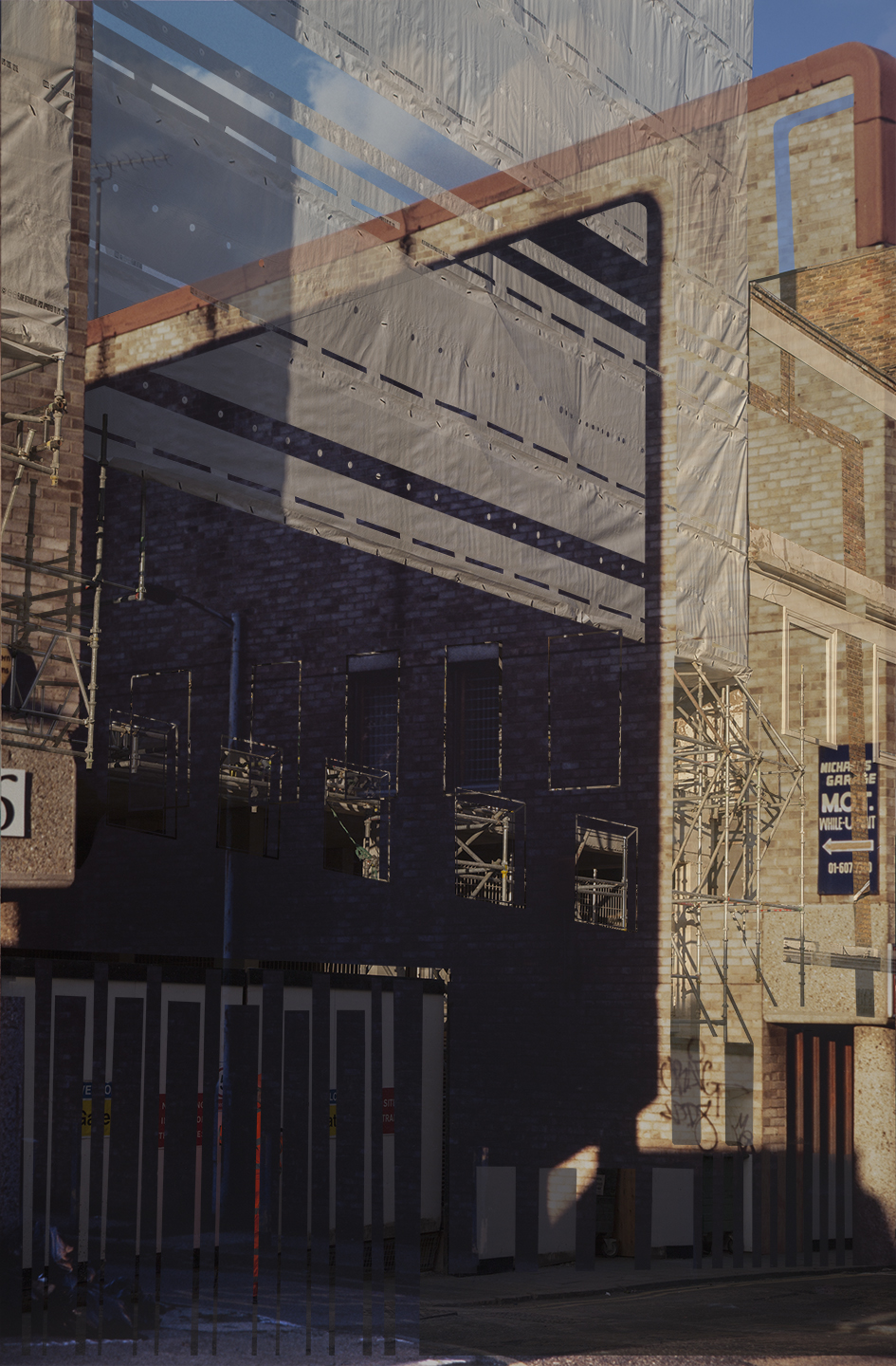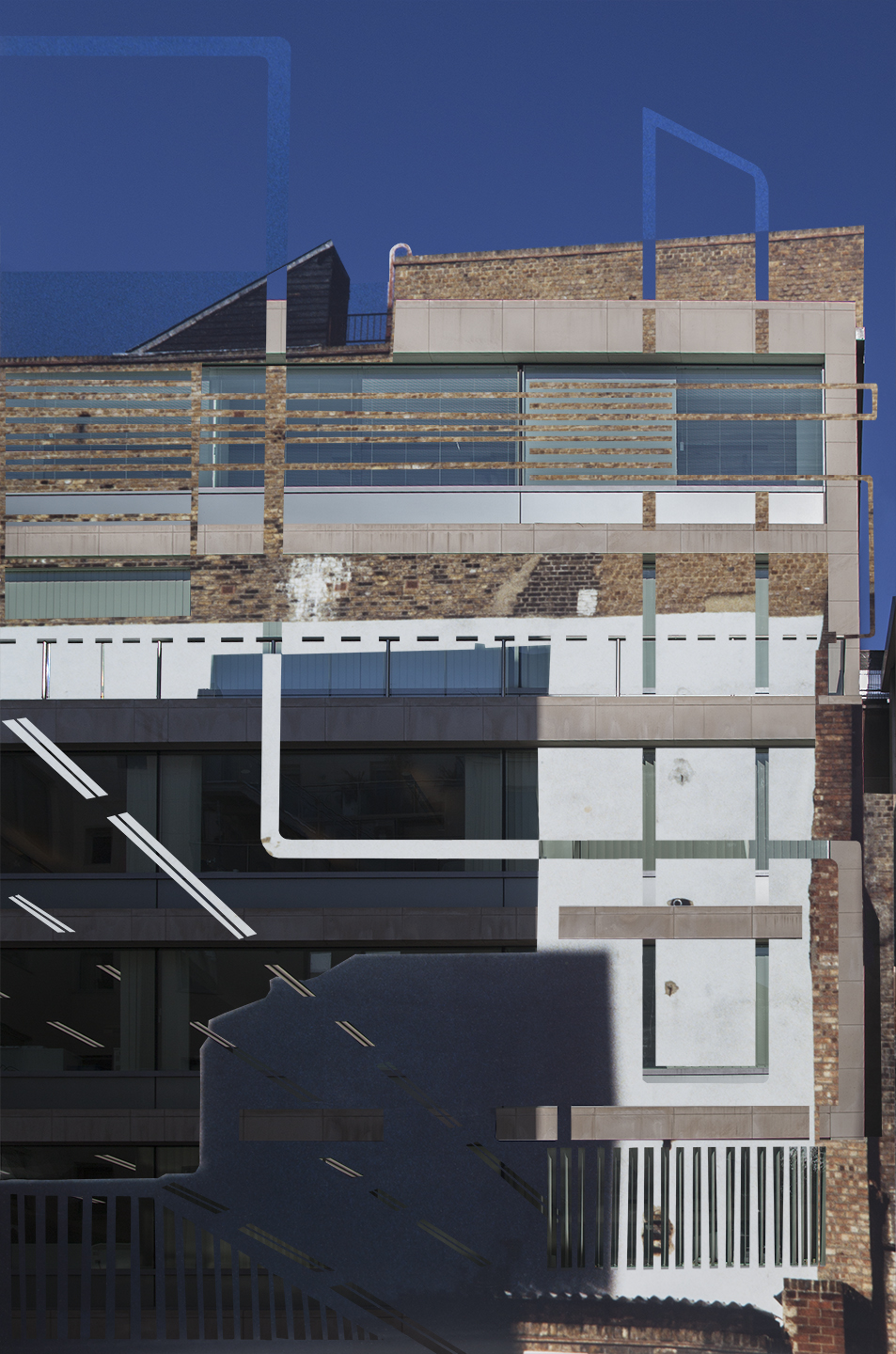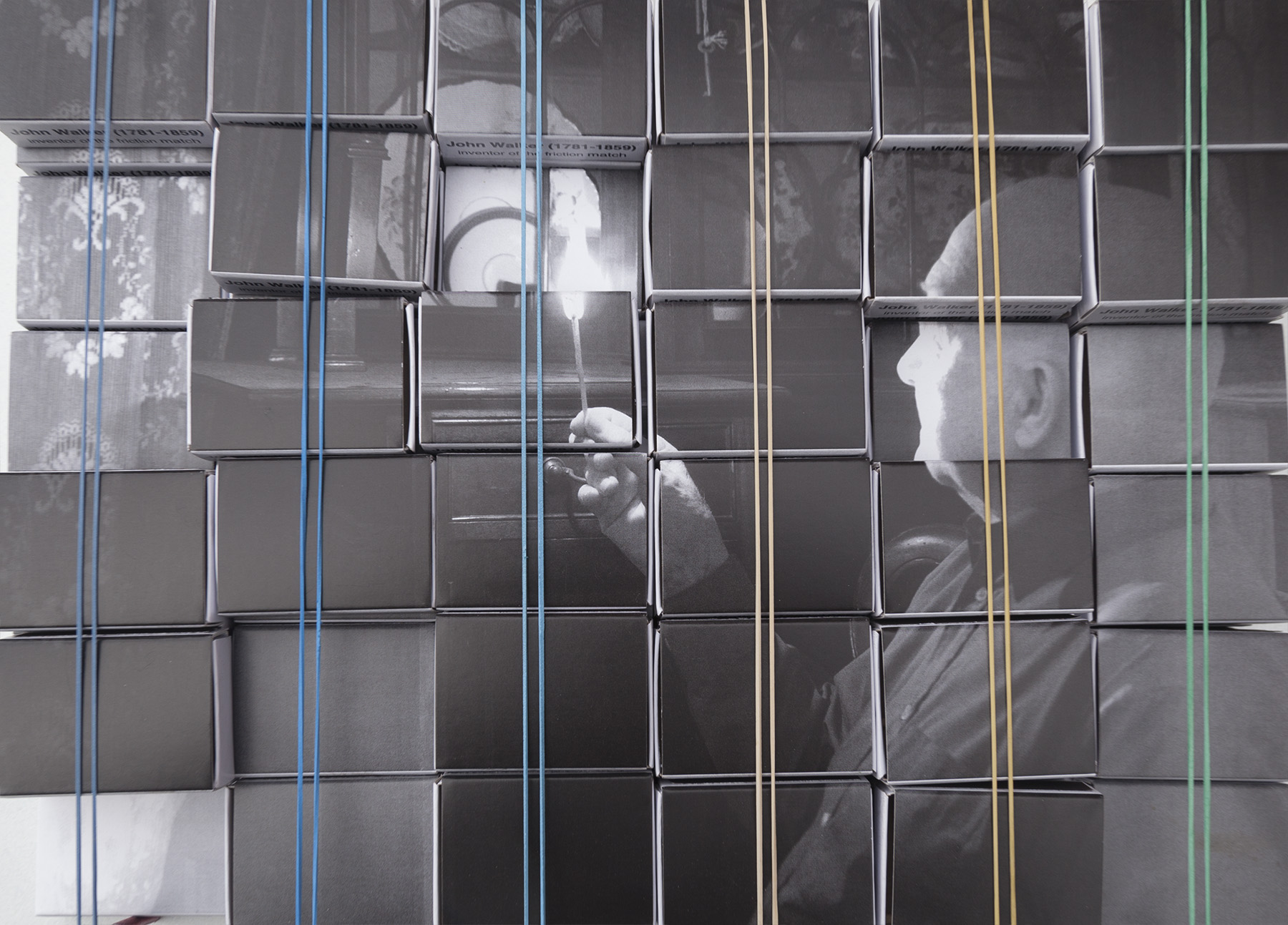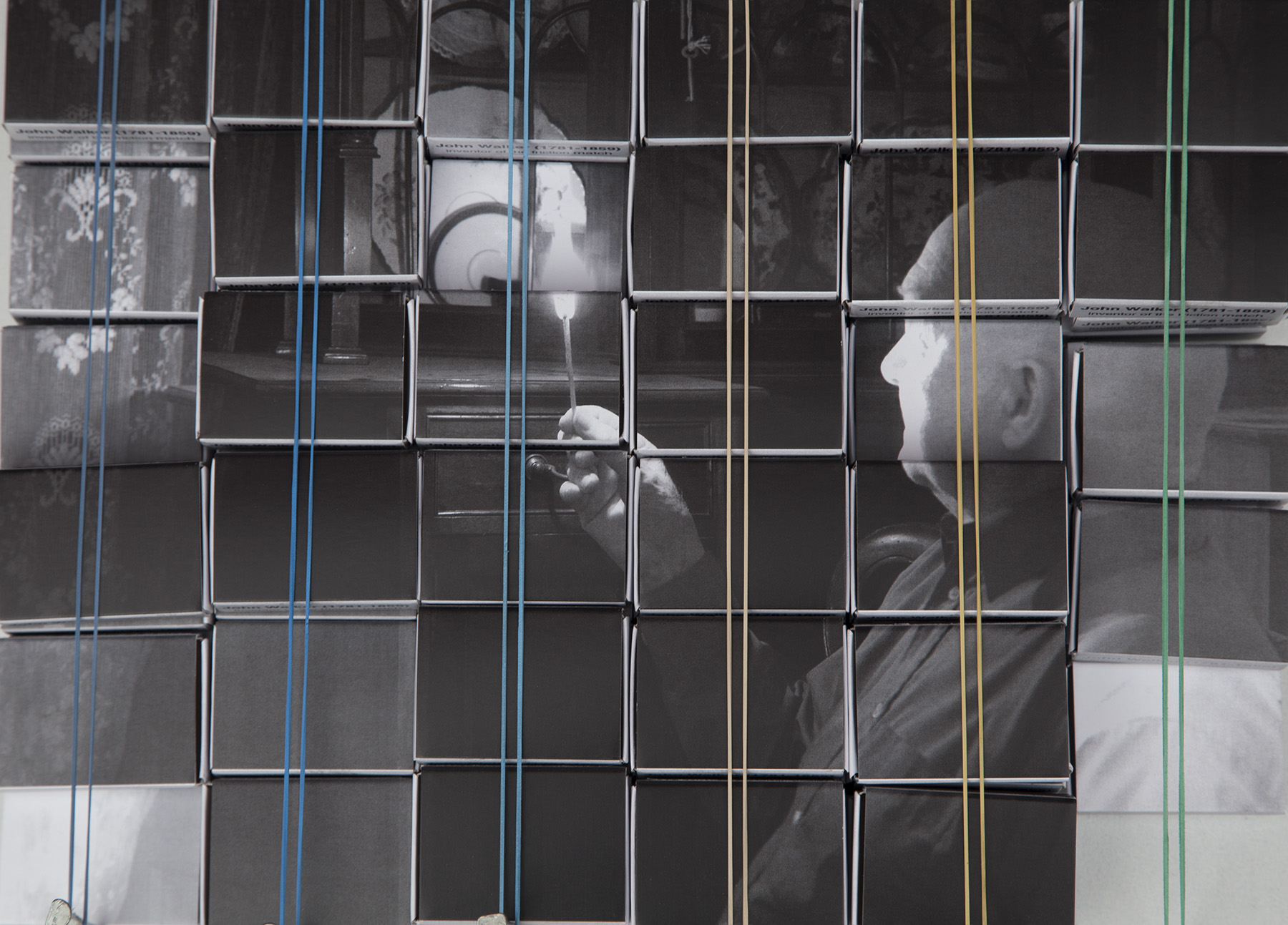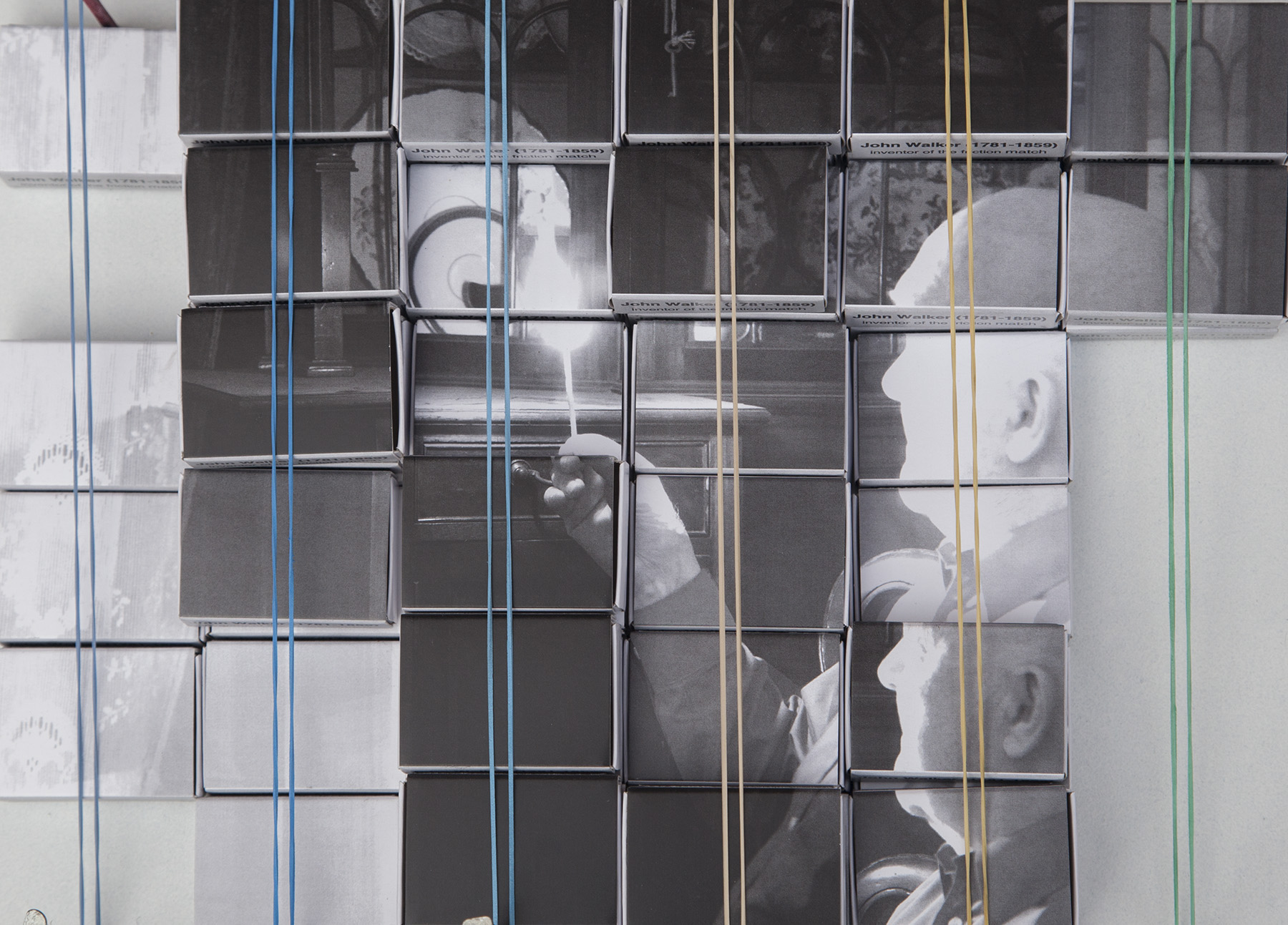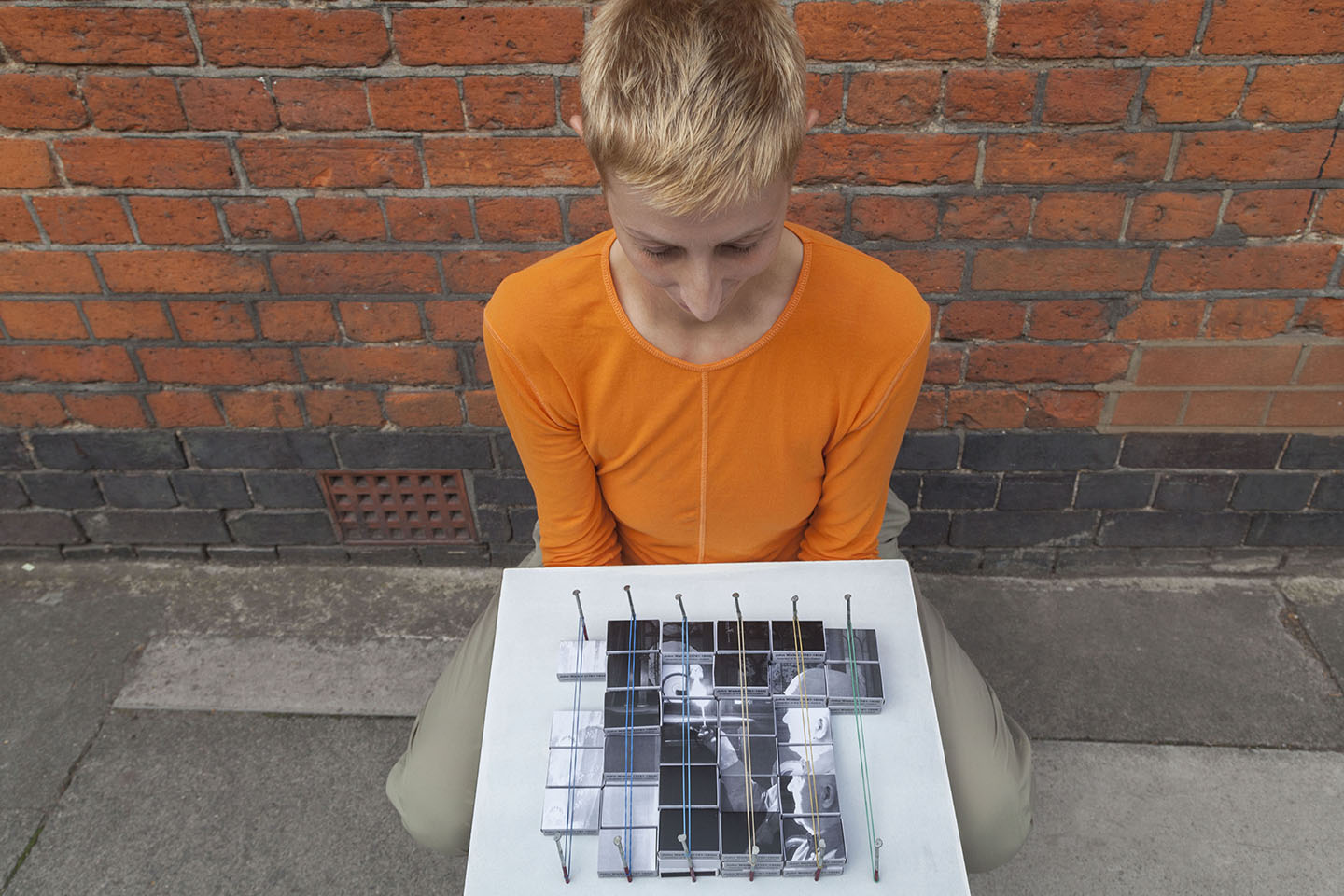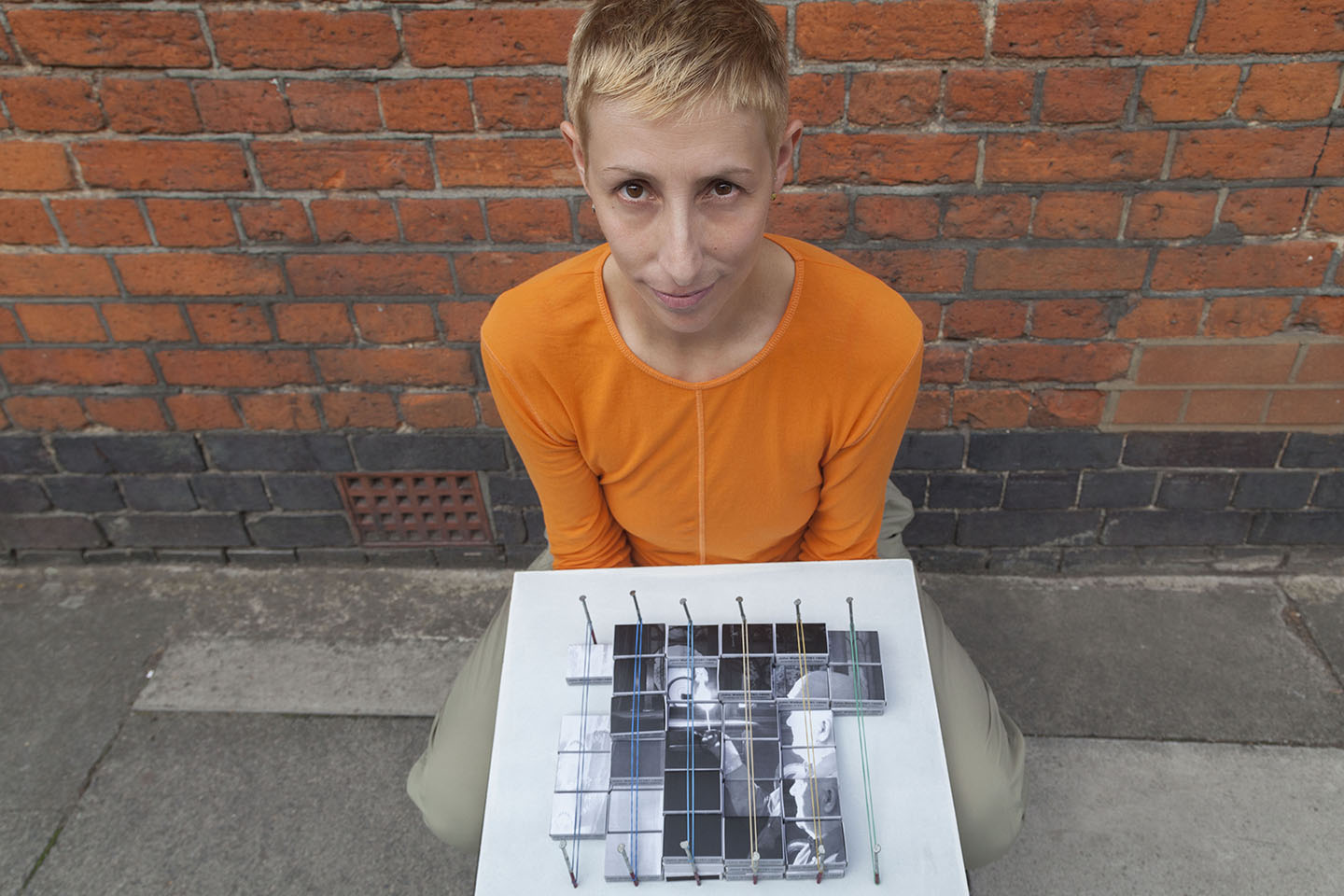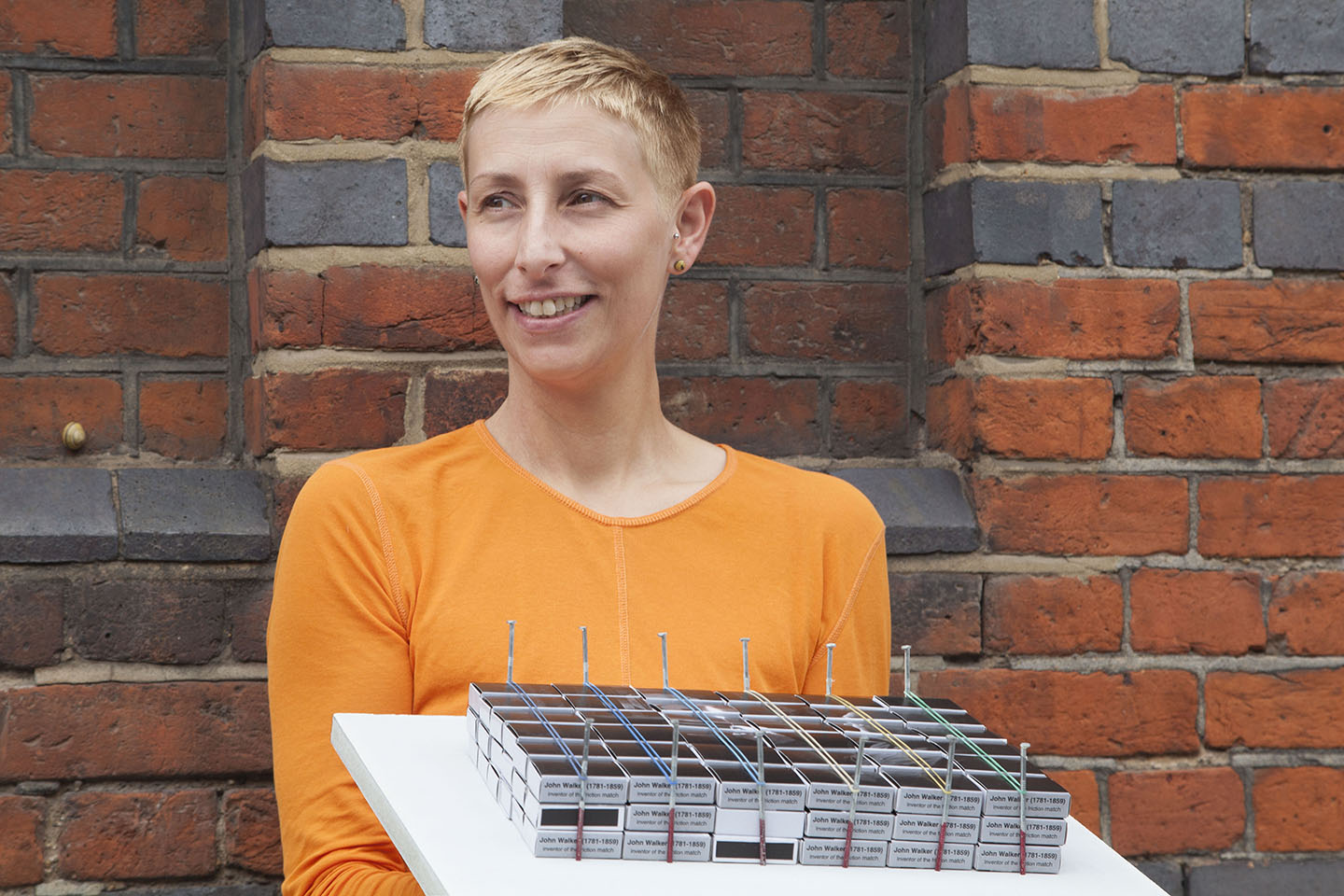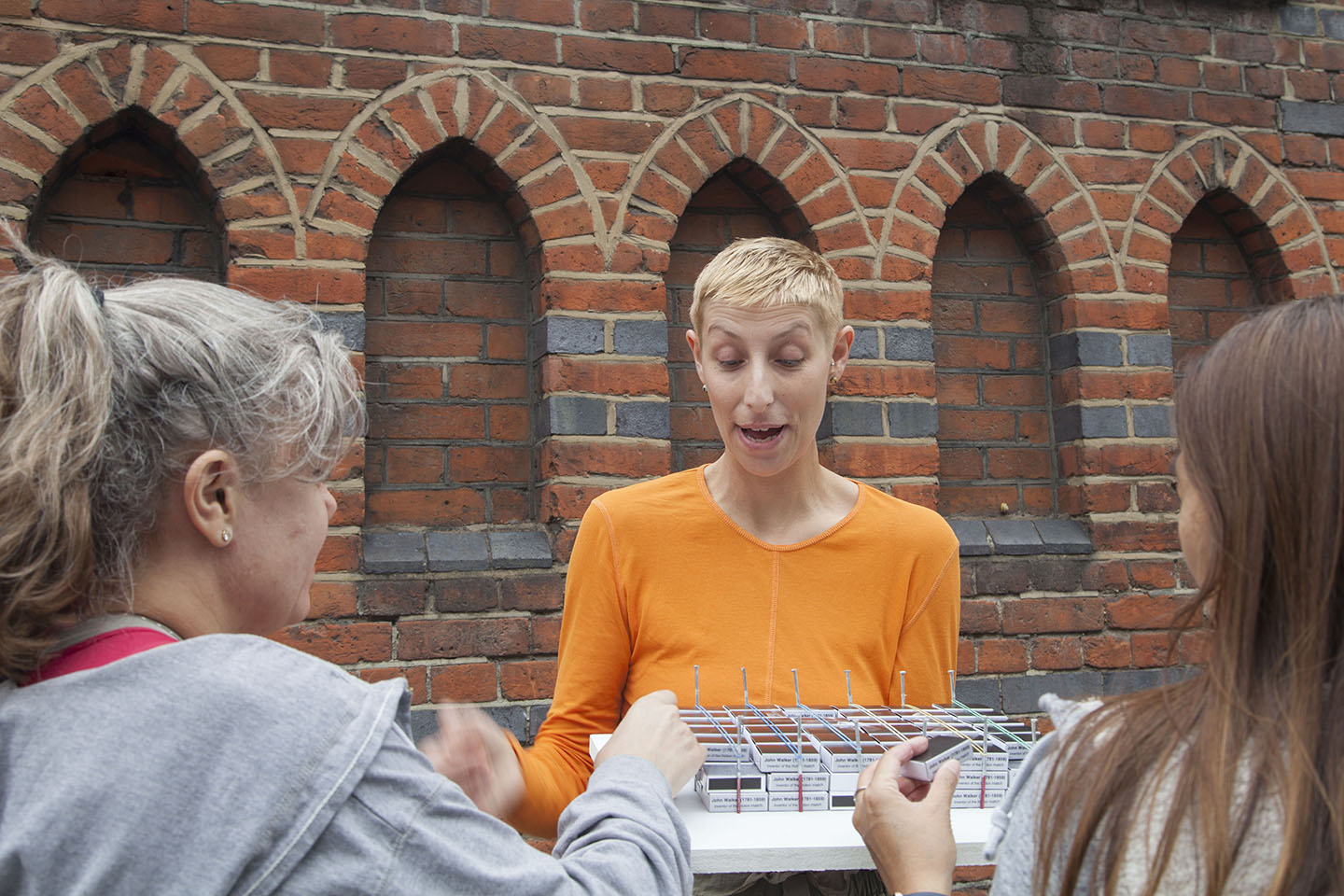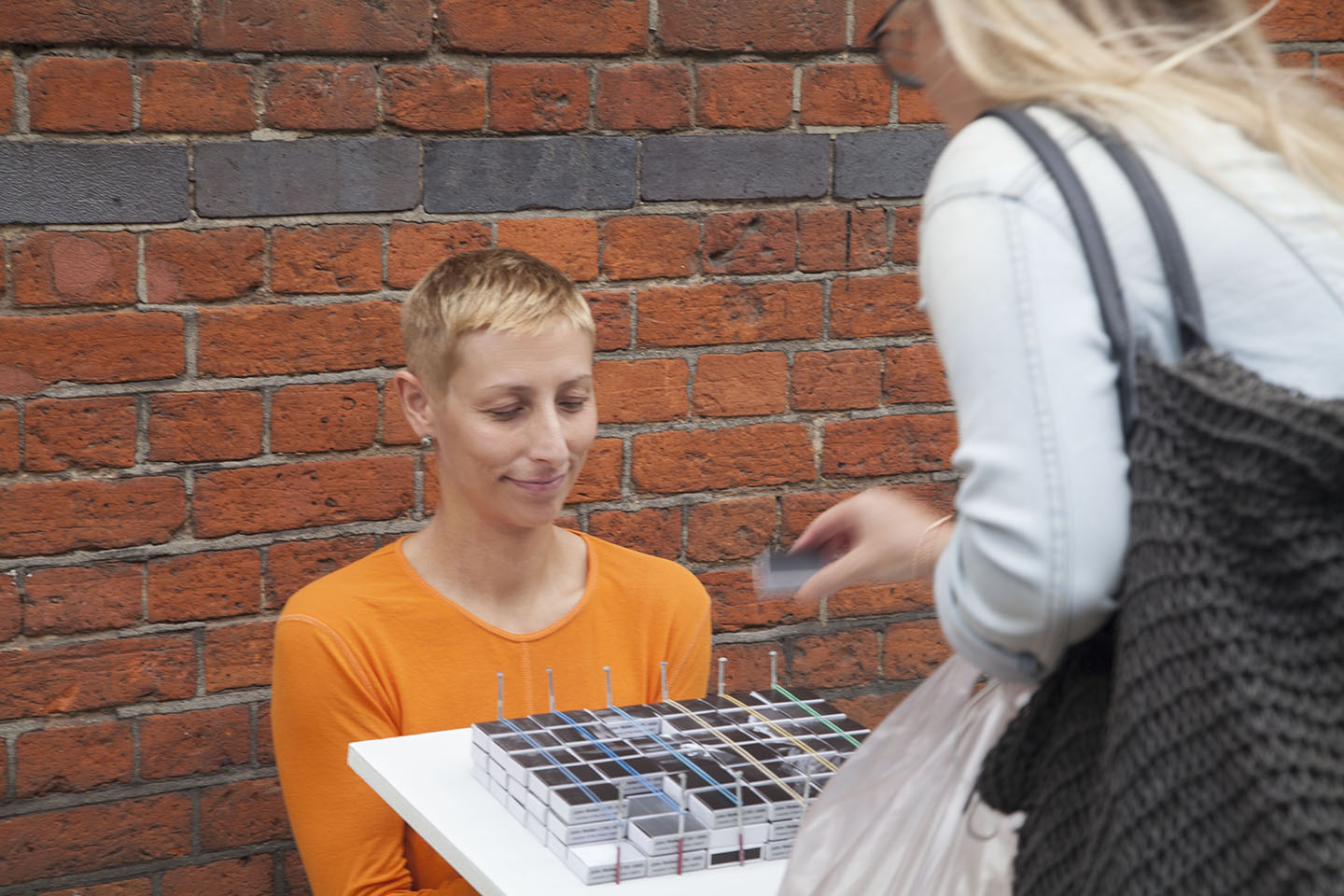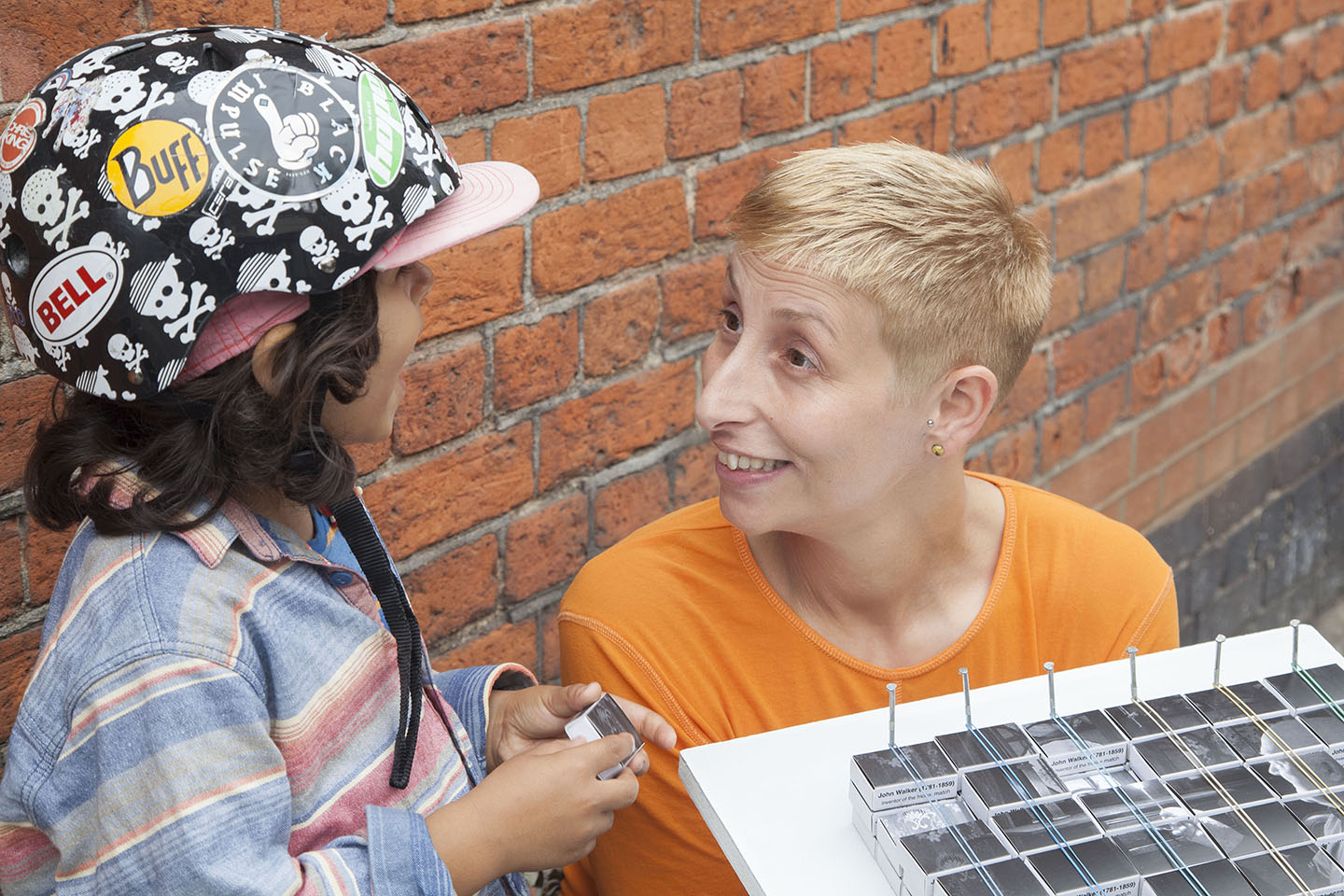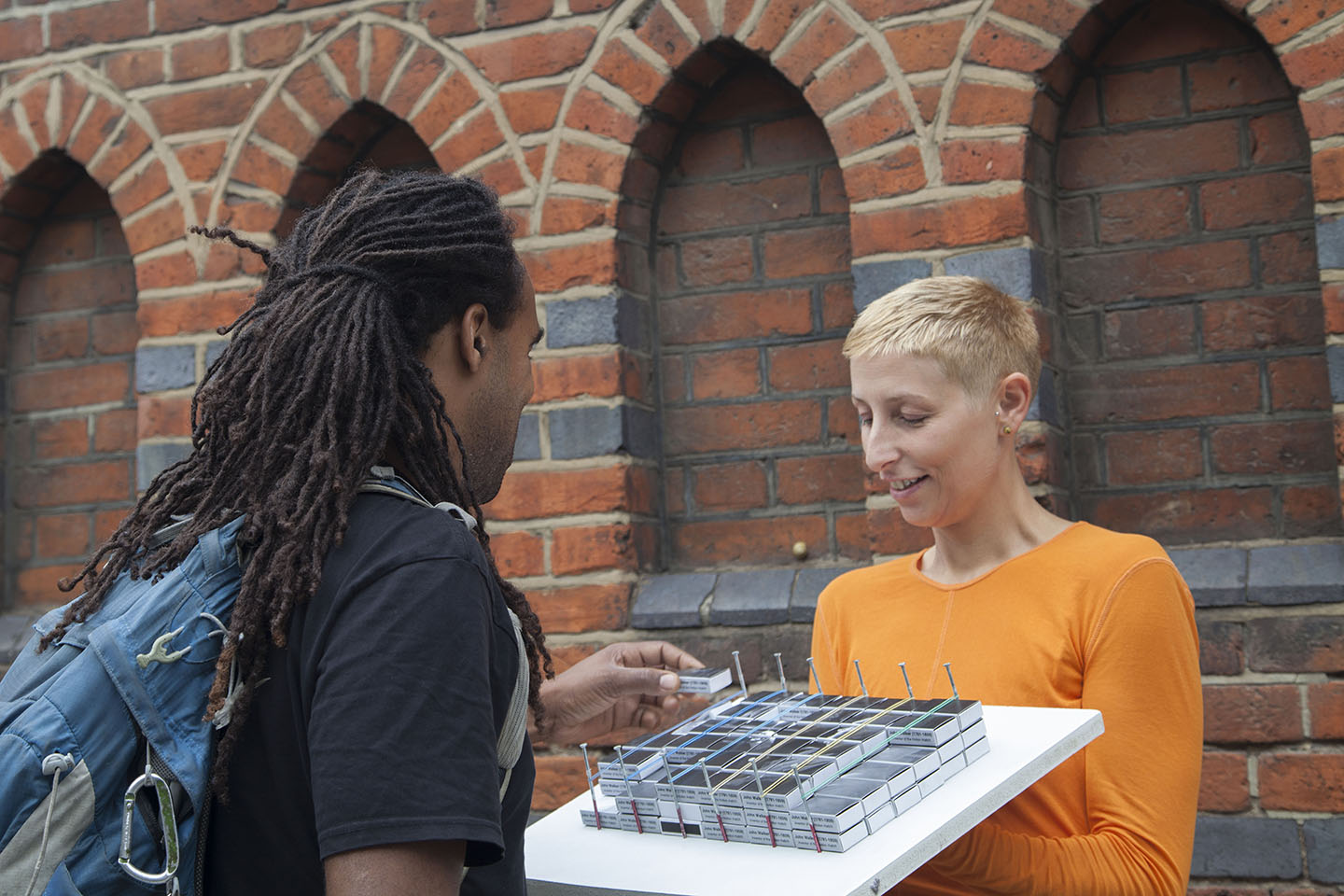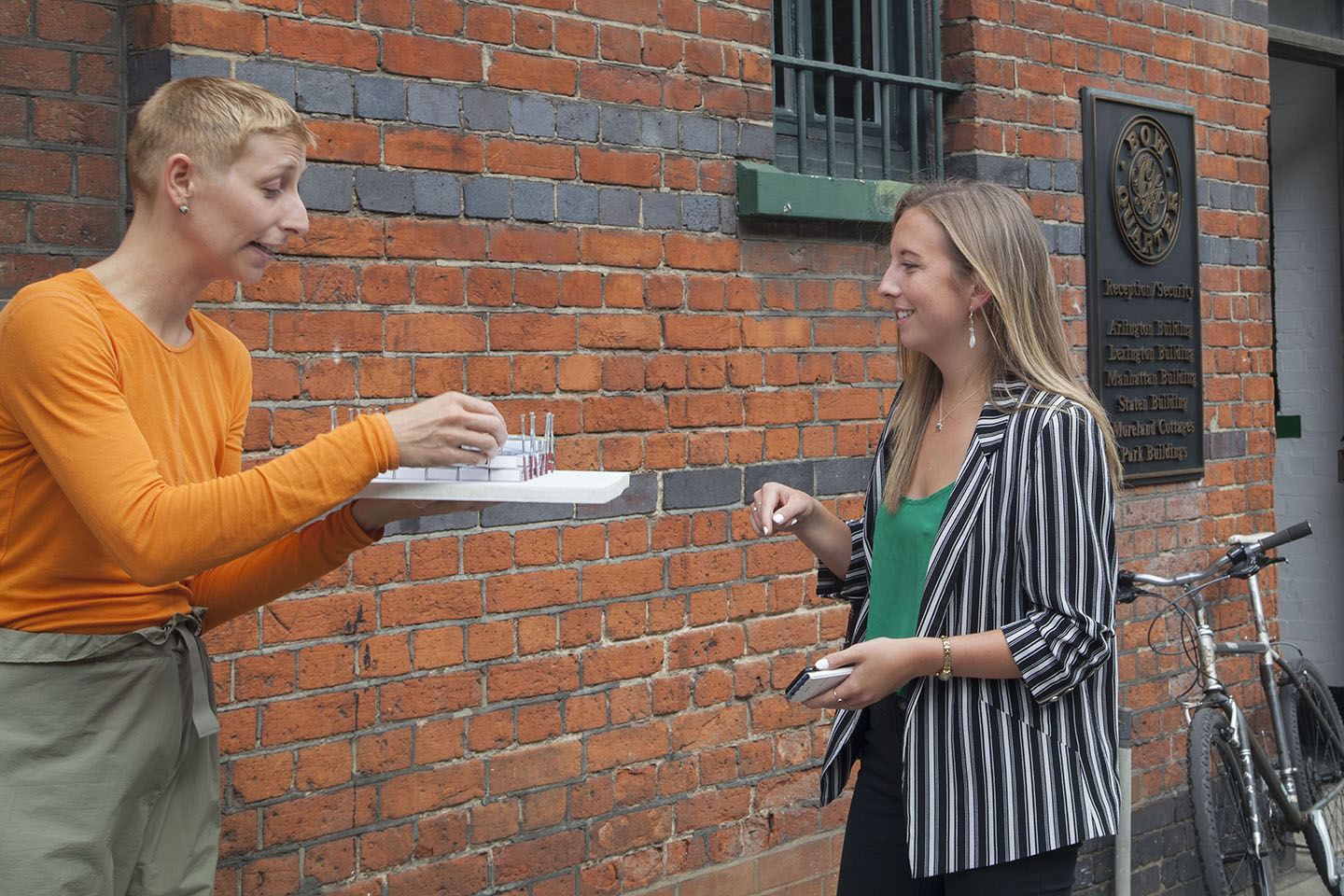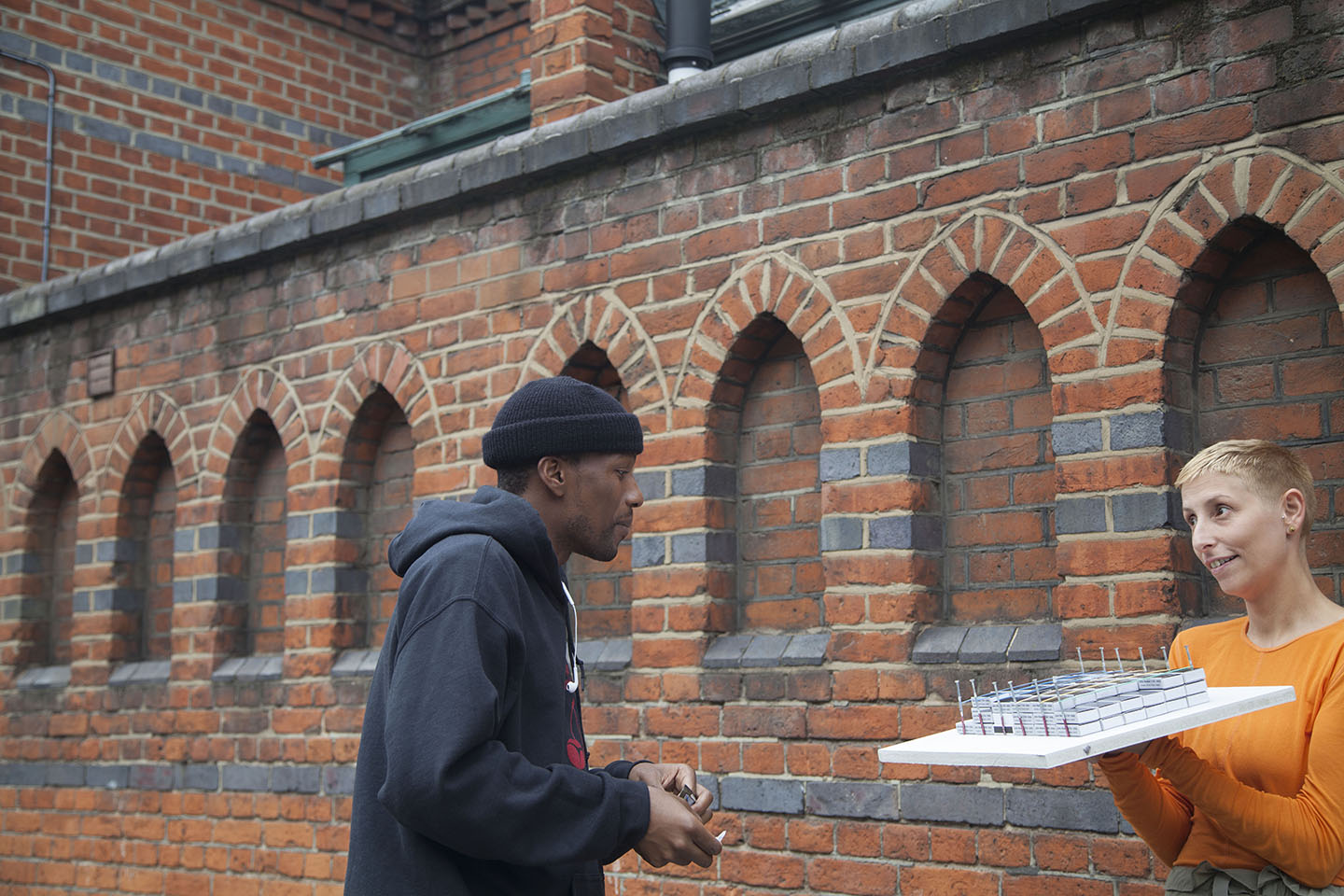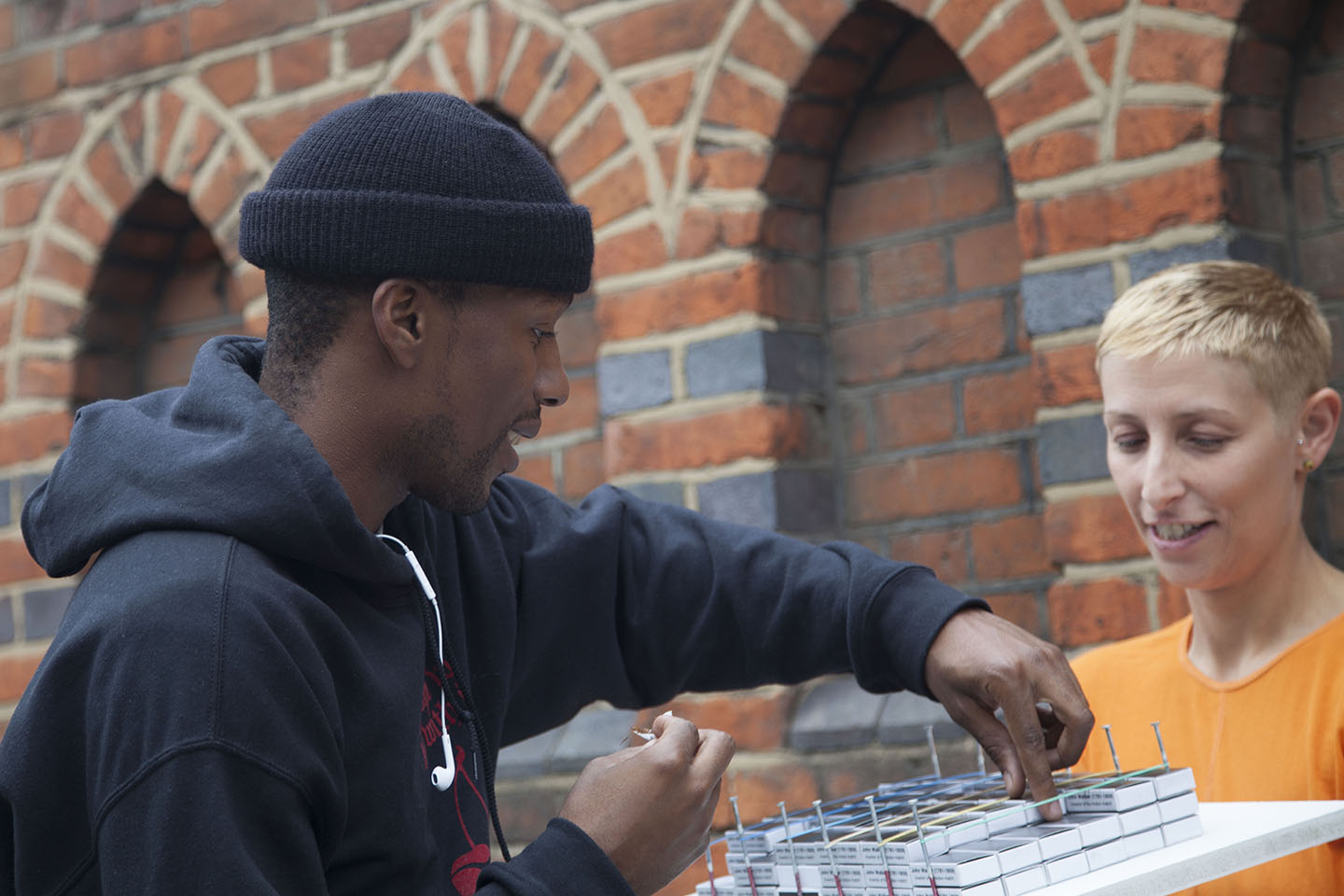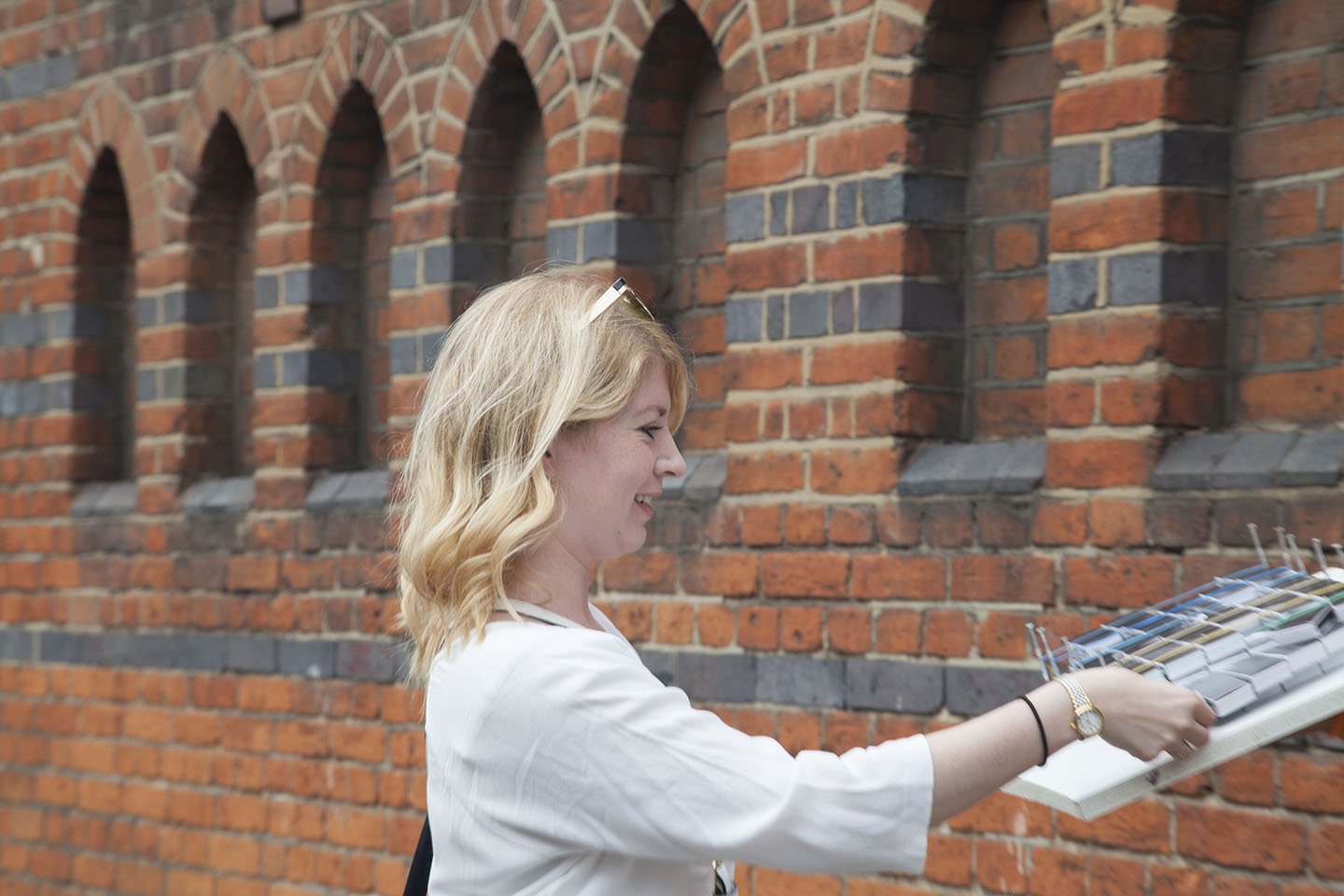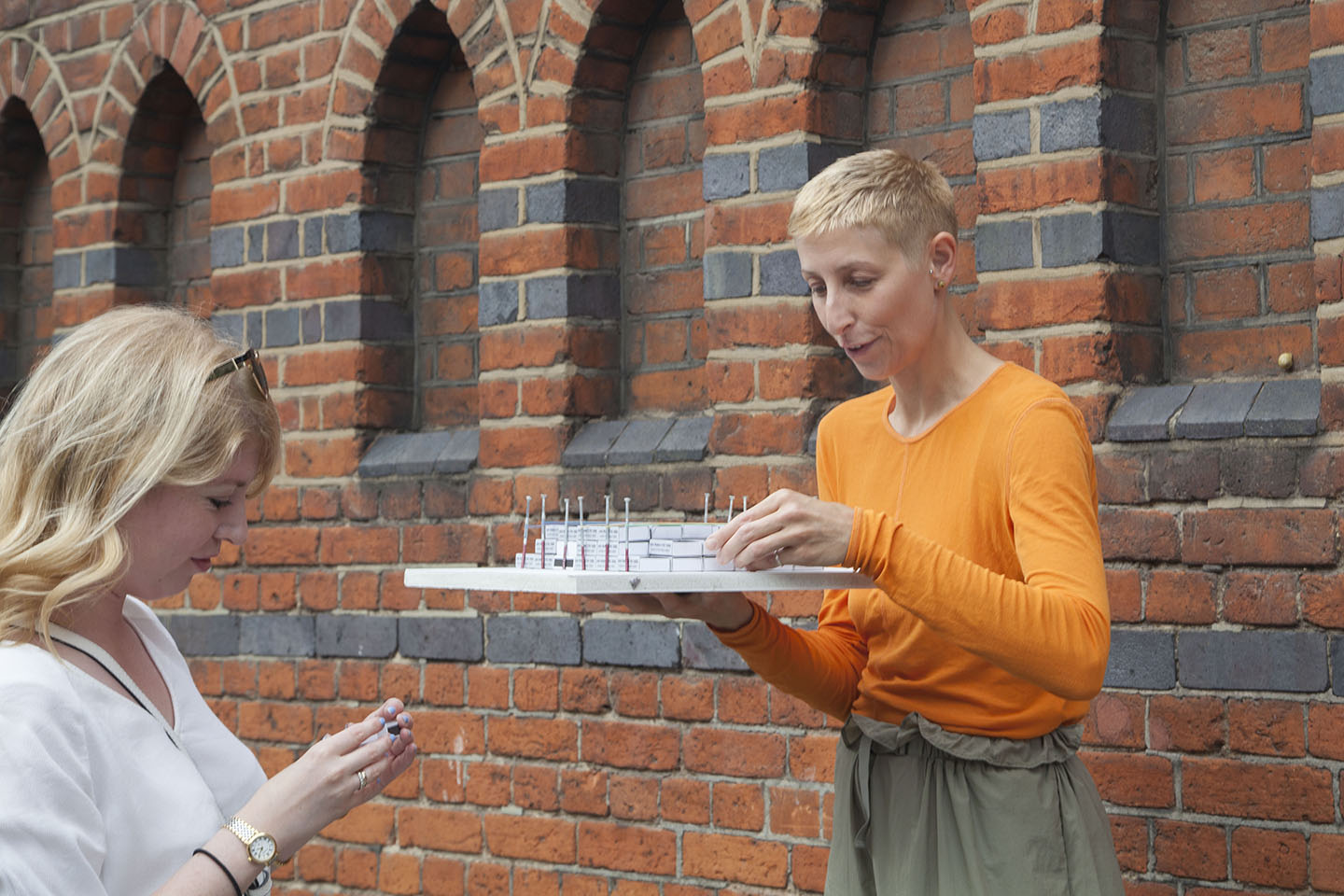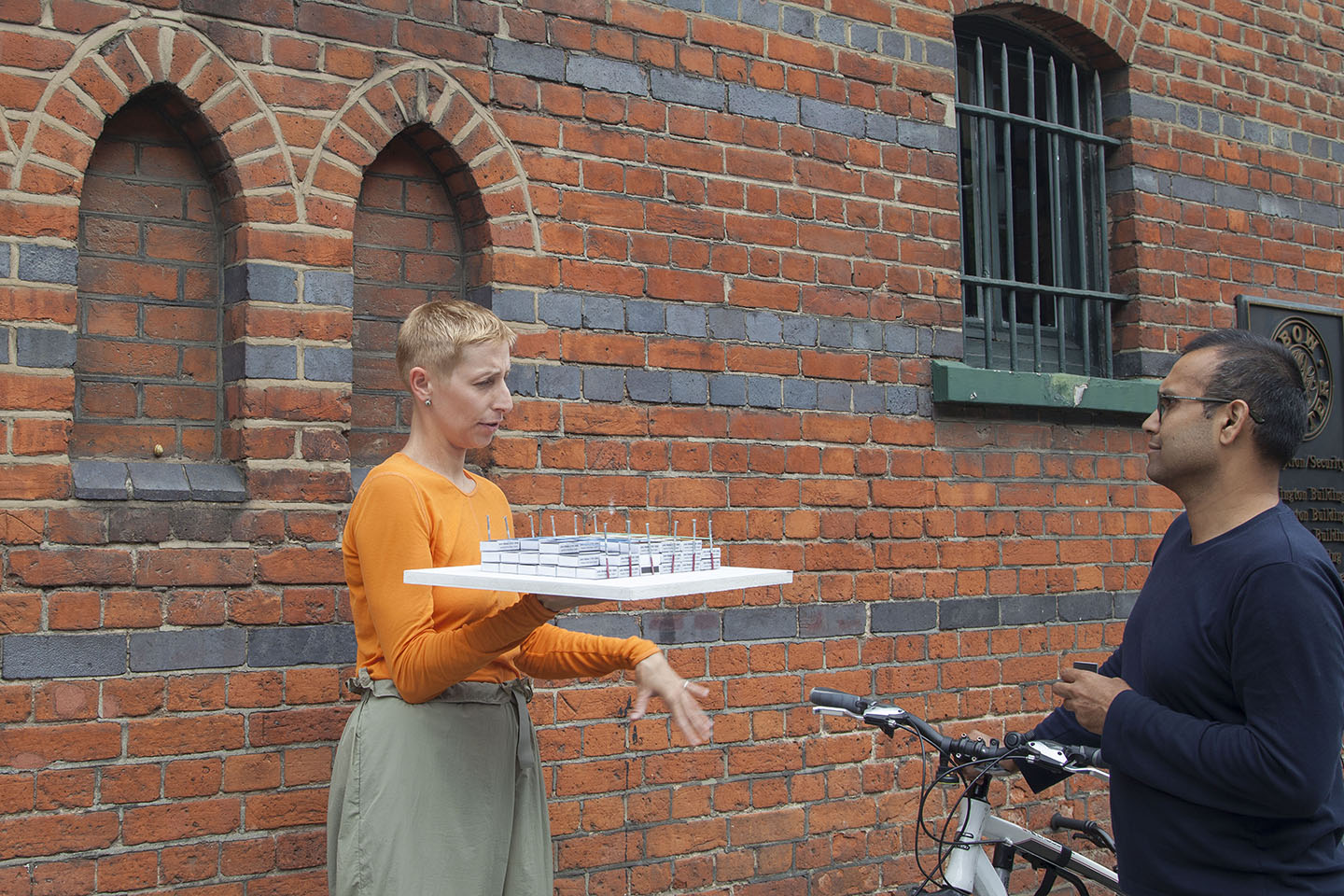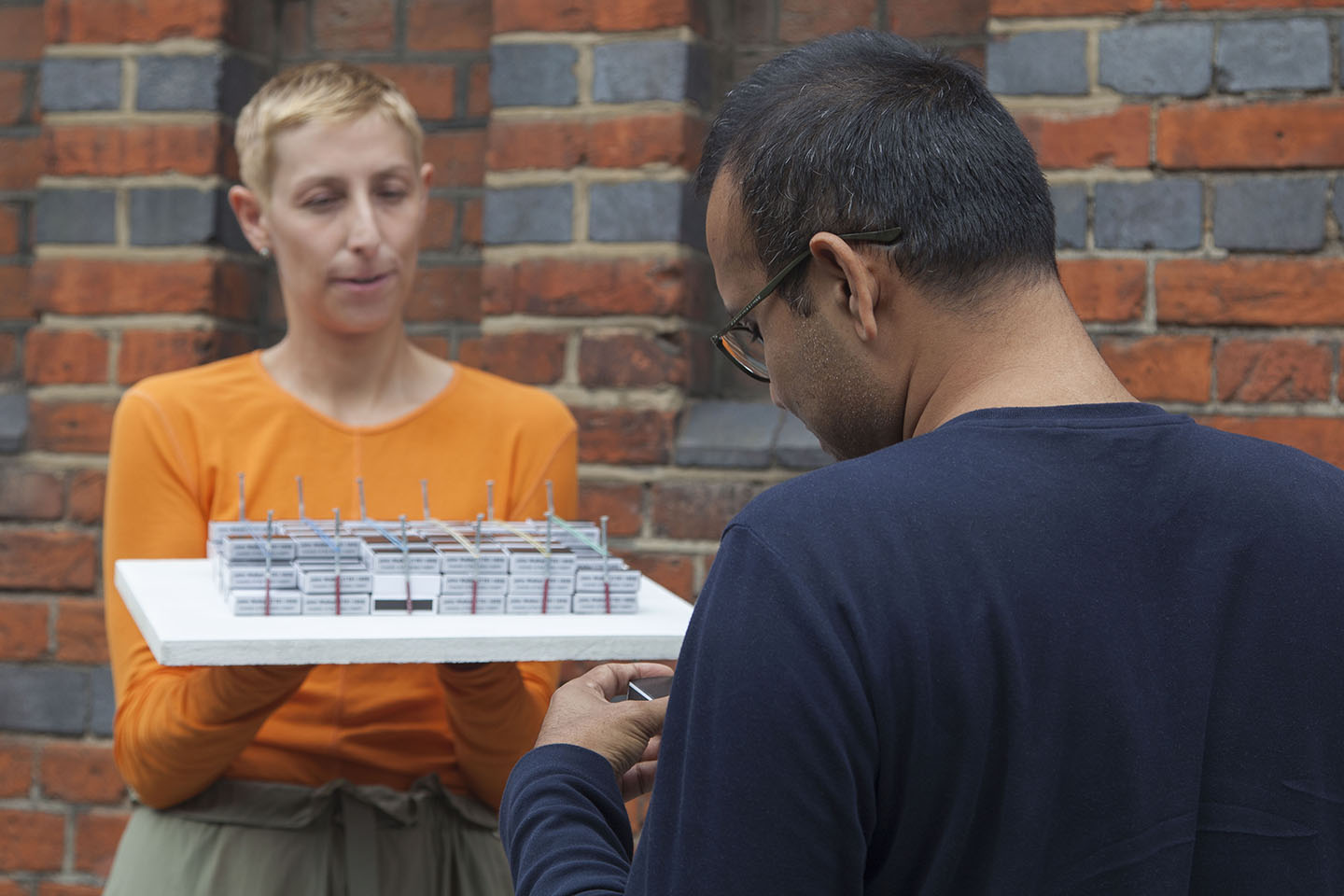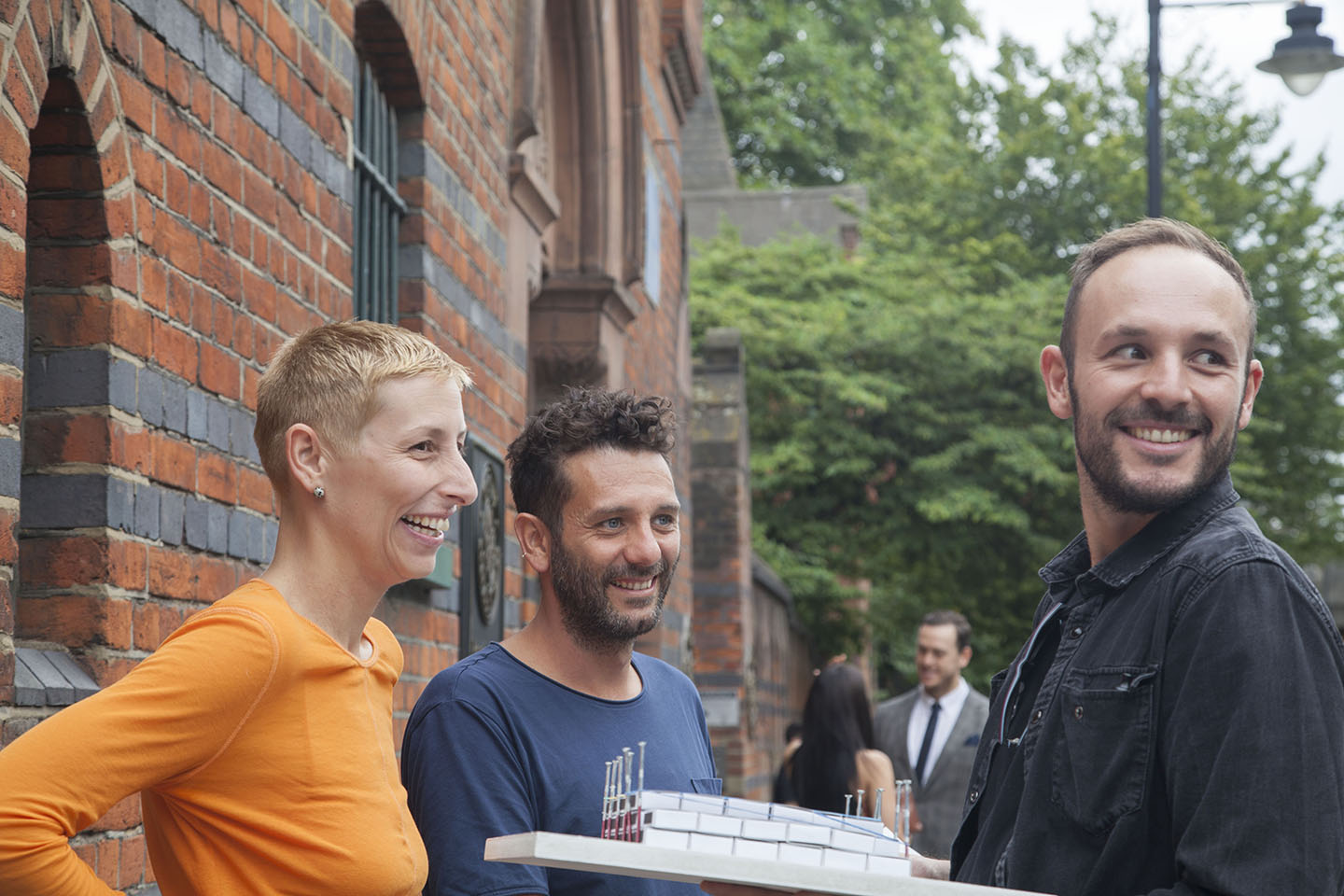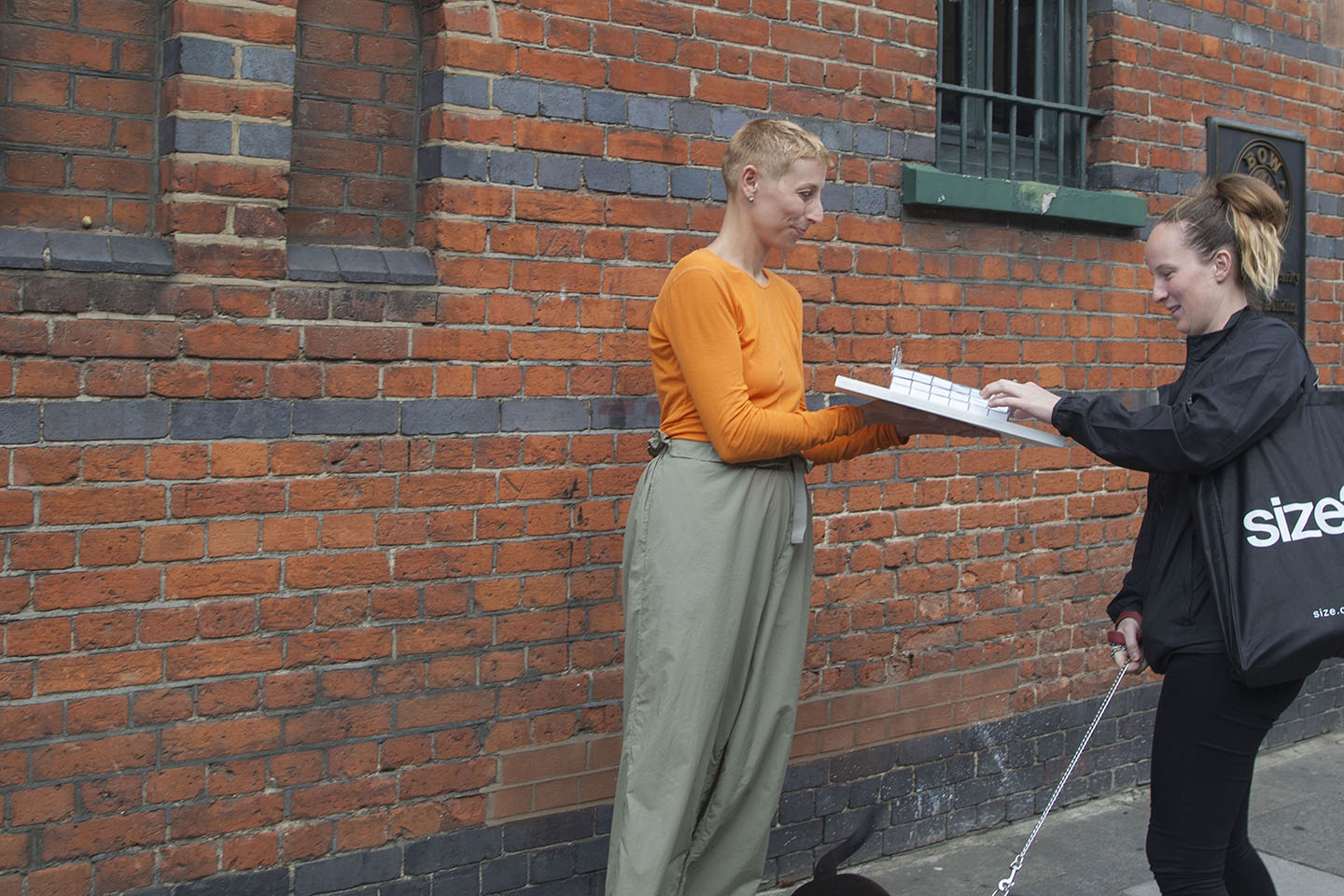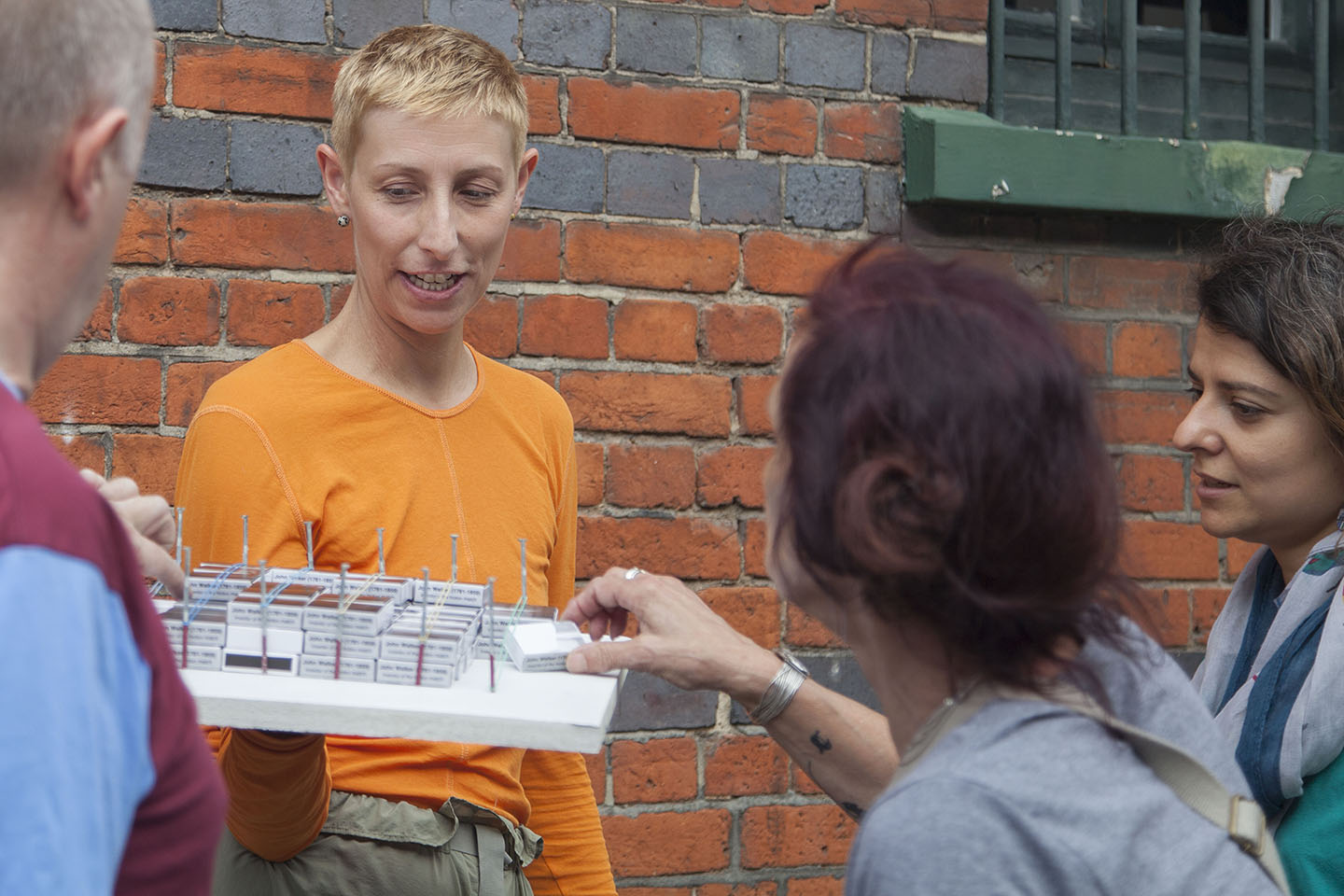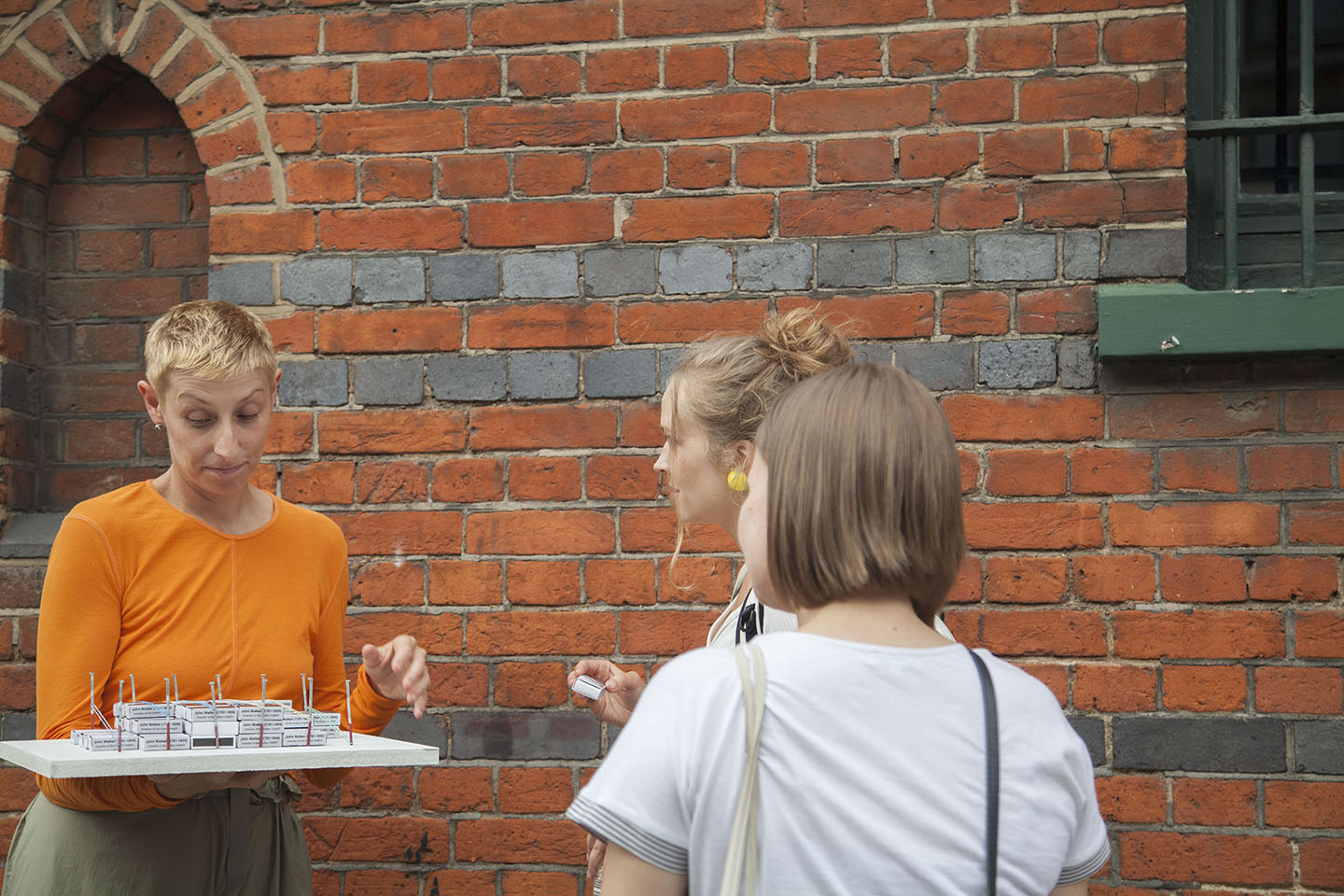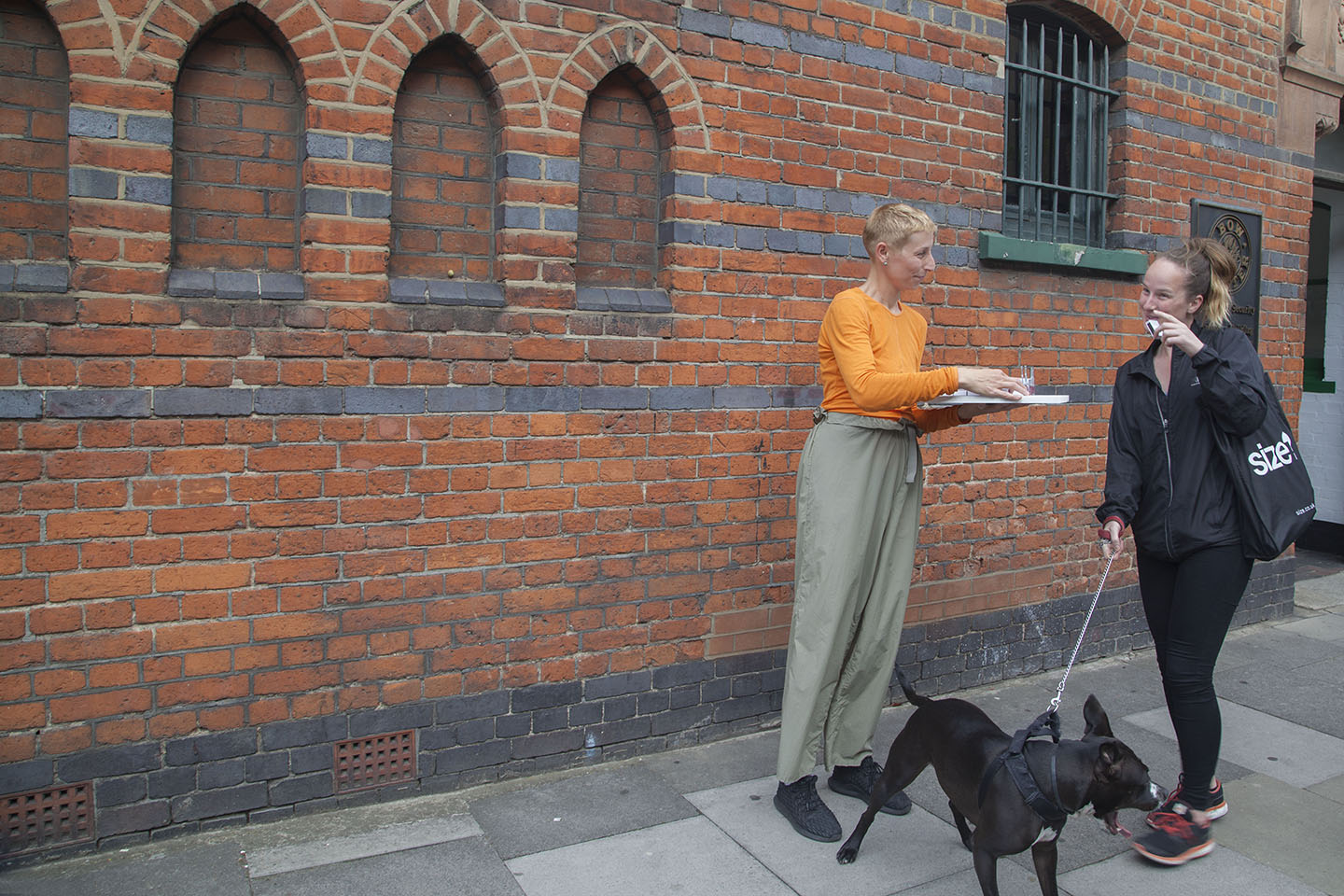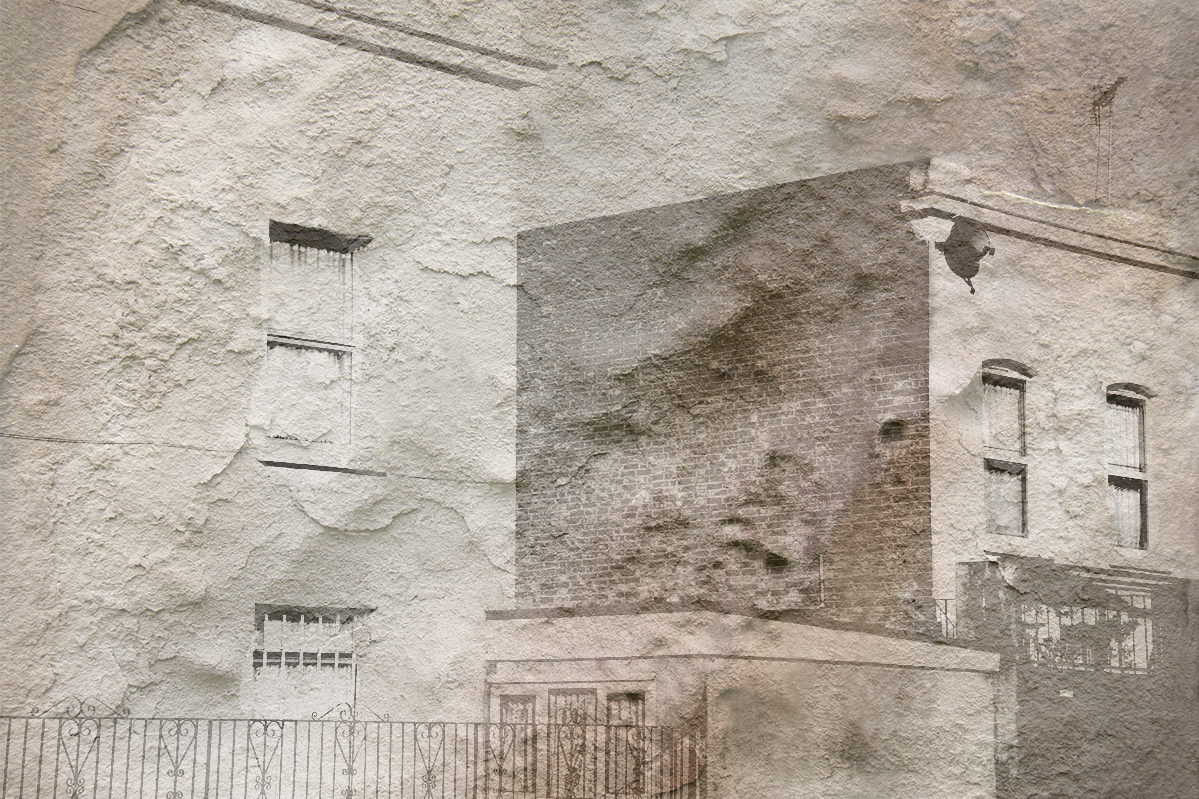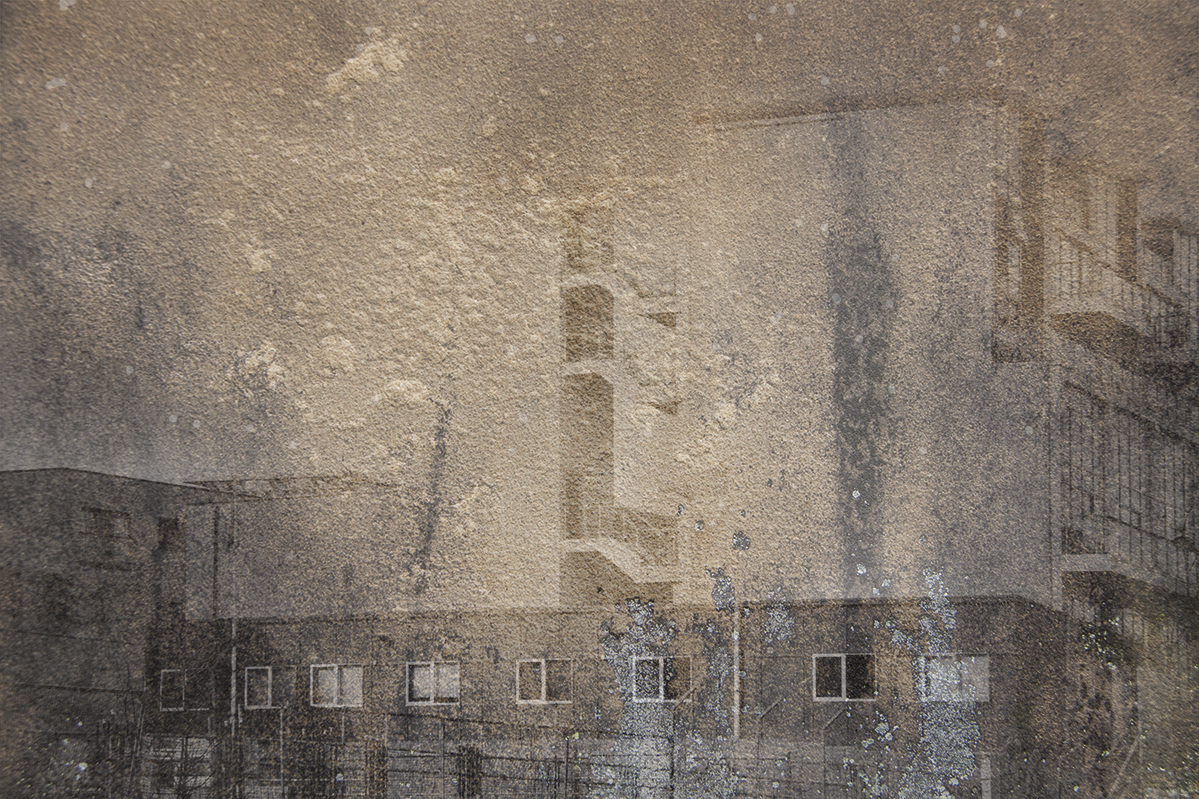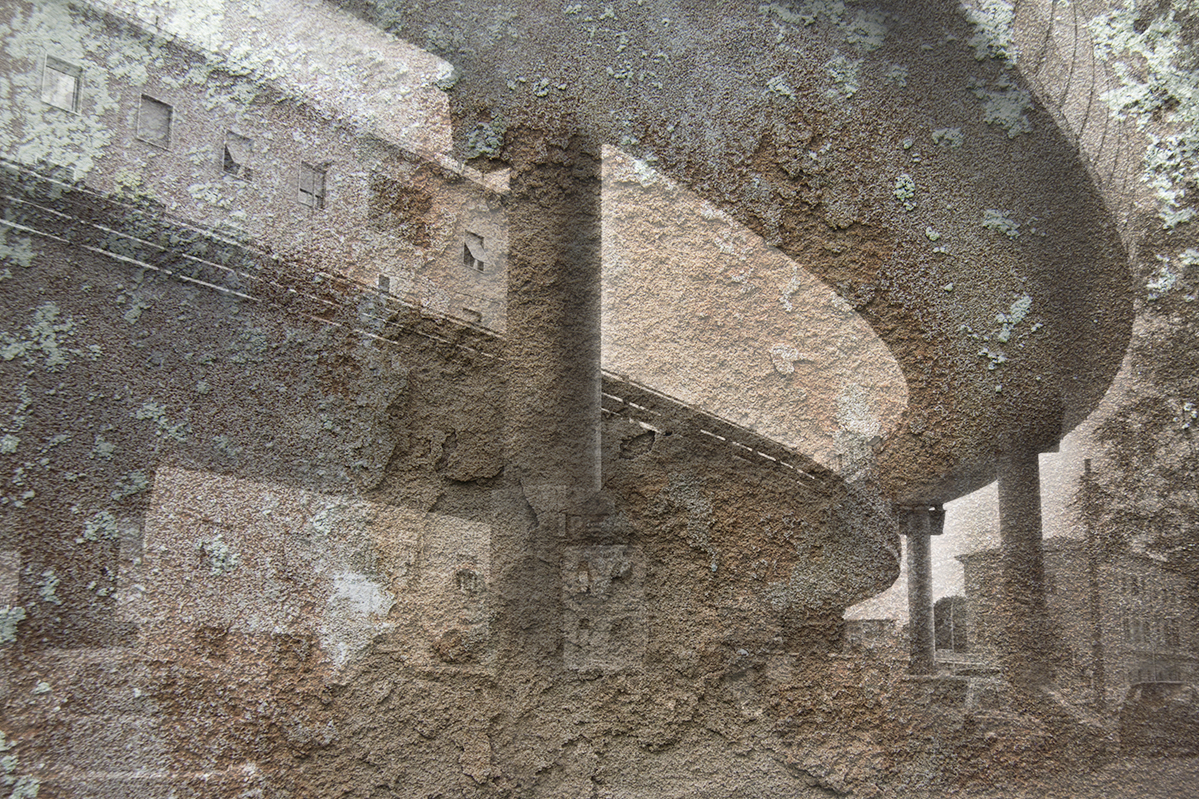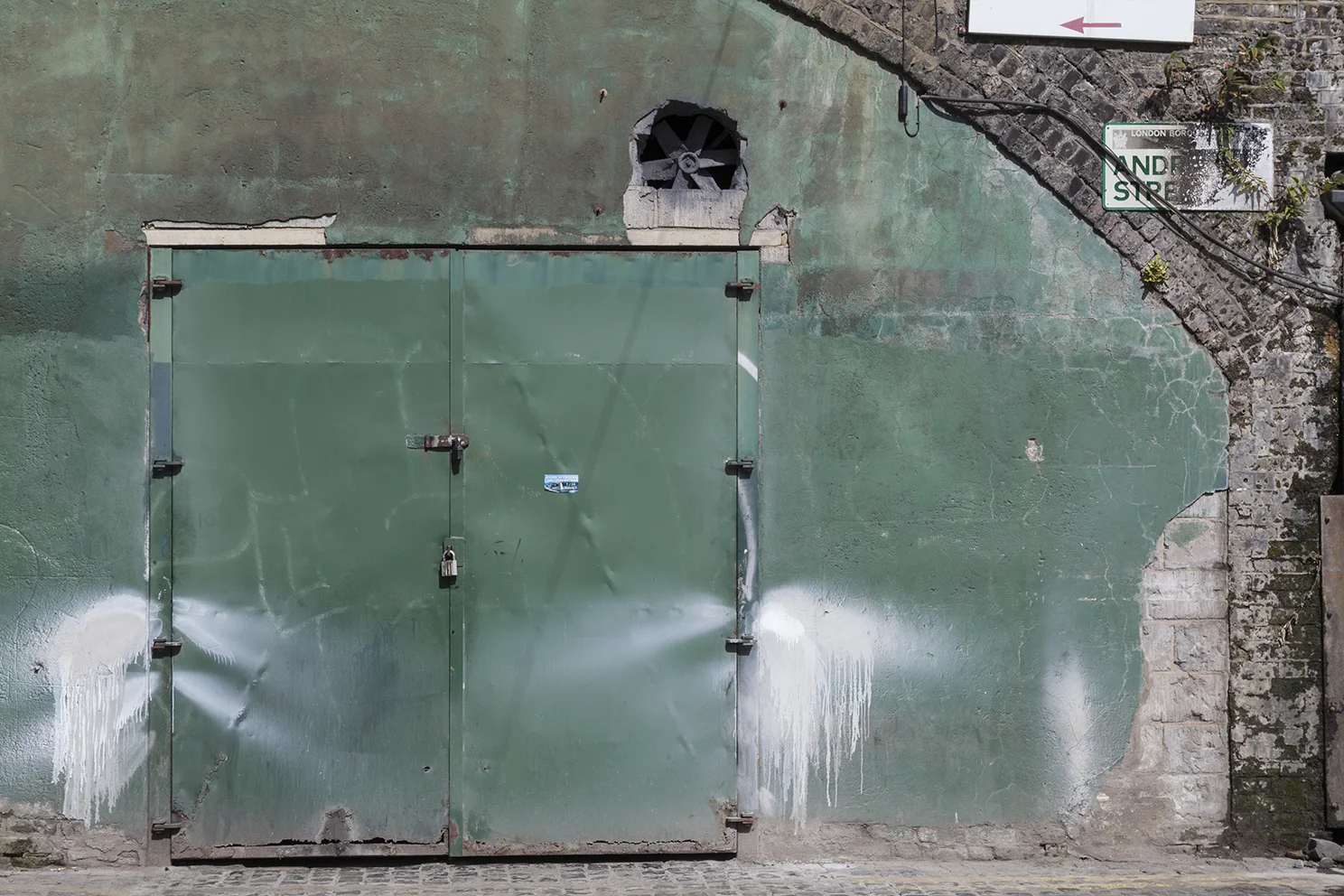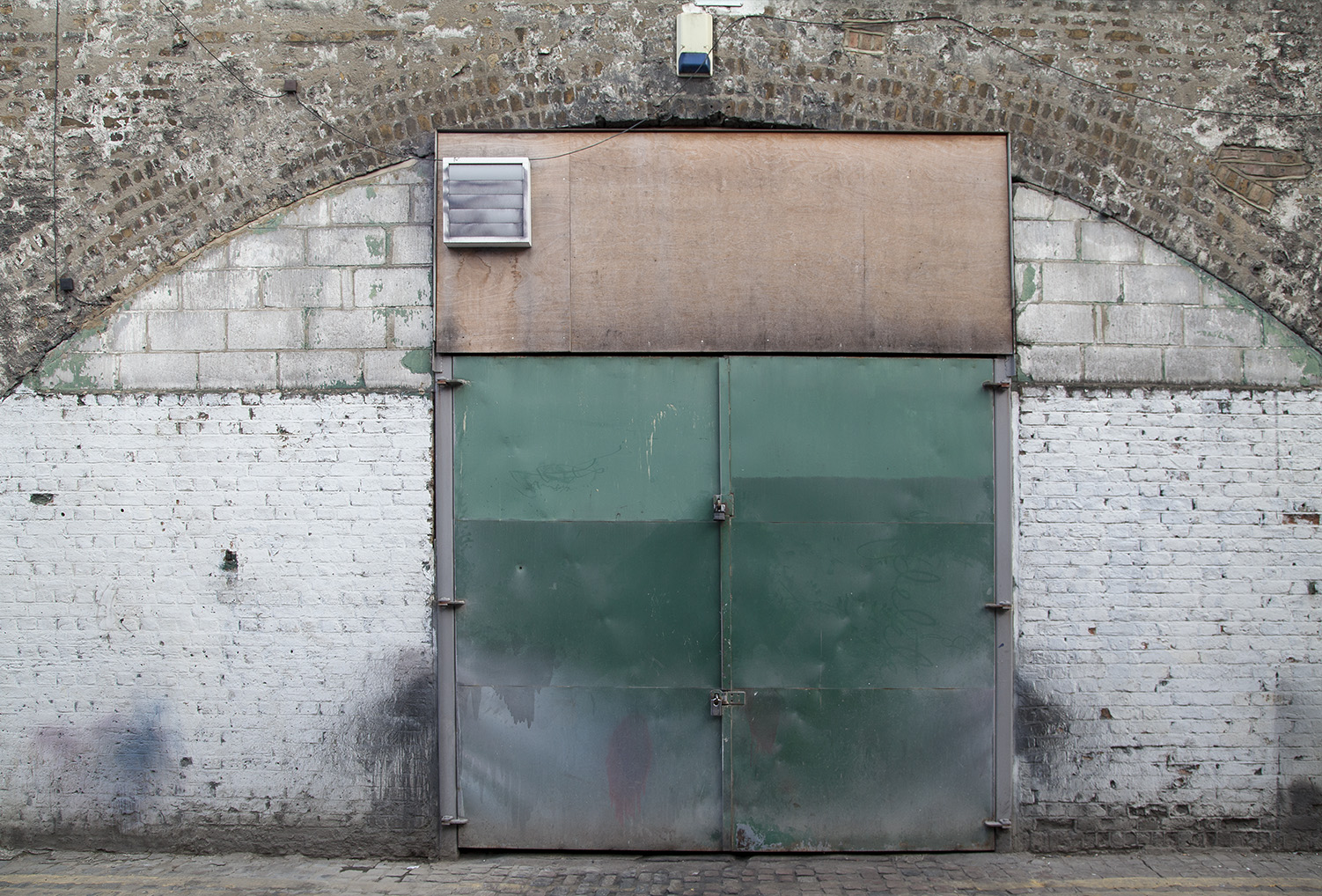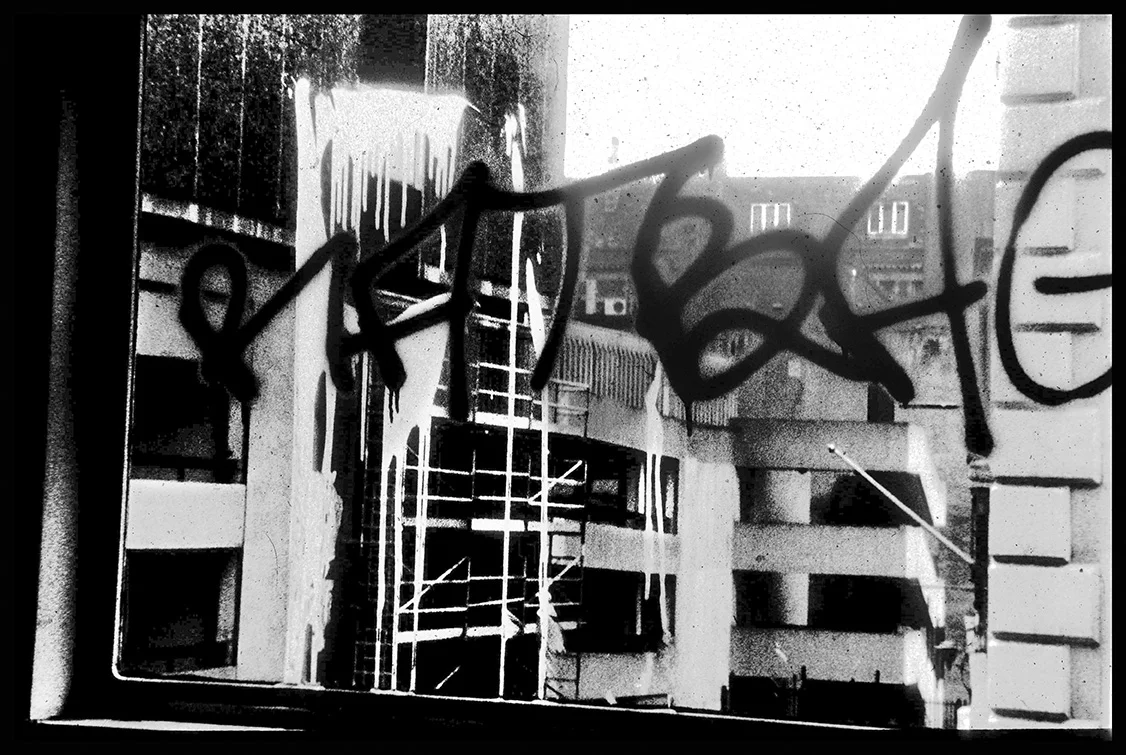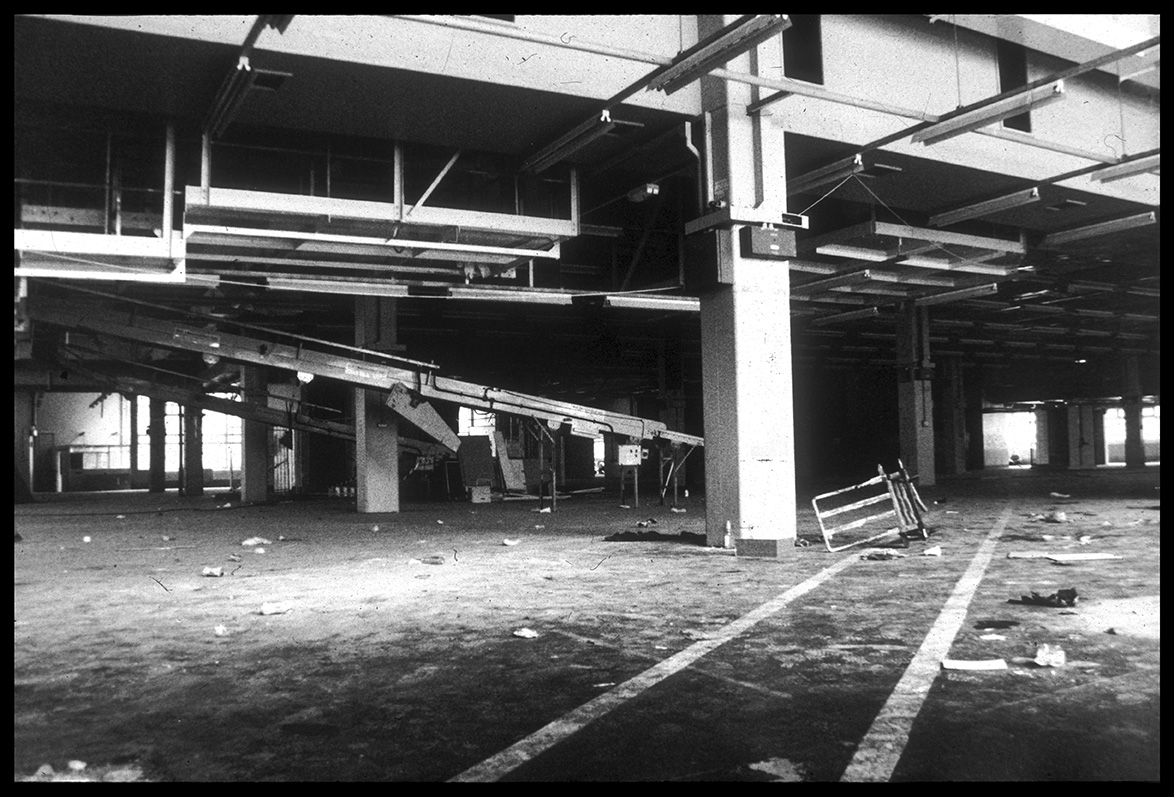The group show Time Warp showcases the work of eleven artists interpreting imaginative and metaphorical boundaries, concerning the twisting and distortion of time and space, using painting, photography, printing and ceramics.
Opening reception on
Thursday 15th November 6 – 10 pm
at the Espacio Gallery
159 Bethnal Green Road, E2 7DG
The series Distorted Memory is an amalgam of specific London locations photographed 20 years apart. Just as memory appears to be experienced on an individual level, projecting a distorted reconstruction of the past, in this work my intent is to merge the past with the present, creating a fusion between the two. Instead of offering a straightforward representation, the resulting image is a construct of then and now, revealing and concealing layers of time with fragments referencing present structures.
Unsurprisingly, most of the buildings photographed 20 years ago, have long gone by now. They are replaced by new-builds or construction sites. The series is also a social commentary on the ruthless expansion of the property market, where according to a UK law, certain new-builds are exempt from paying the VAT making it financially more viable to demolish an old building and replace it with homogeneous, prefab apartments.
